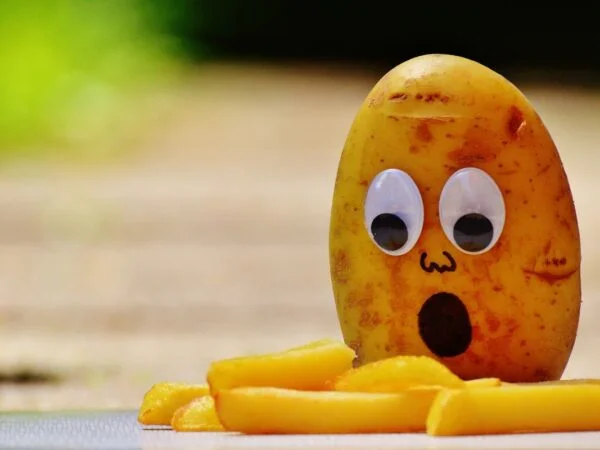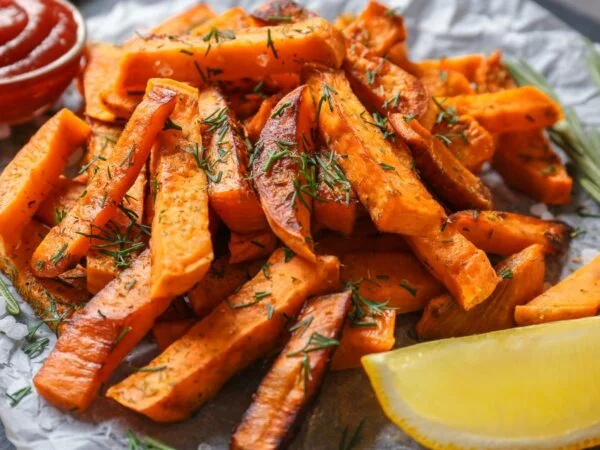
Craving a comforting baked potato but worried about sodium intake? Let's uncover the surprising truth. While baked potatoes are often considered a healthy choice, their sodium content might raise an eyebrow or two. Contrary to popular belief, the natural sodium levels in a plain baked potato are quite low. However, it's essential to be mindful of the toppings and seasonings that can significantly hike up the sodium quotient.
So, how much sodium is actually lurking within your beloved spud? Join us as we dissect this starchy favorite and reveal some eye-opening facts about its sodium content. Get ready to rethink your next loaded potato creation!
Sodium Intake
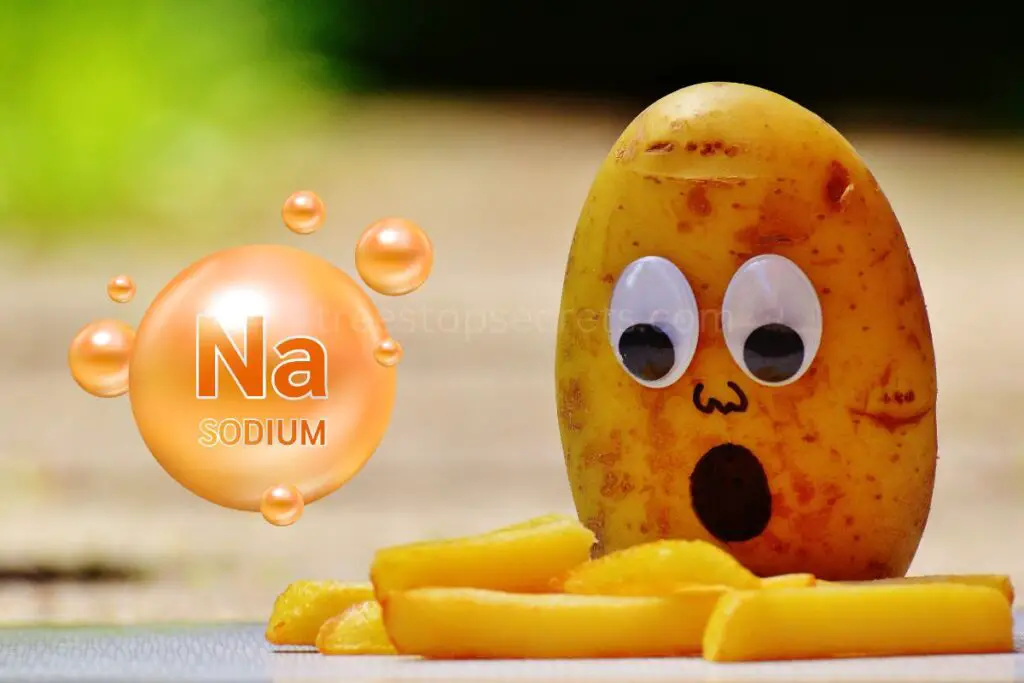
Baked Potato Appeal
It's crucial to be mindful of how much salt we consume daily. The average adult should limit their sodium intake to 2,300 mg per day. Excessive consumption of sodium can lead to health issues such as high blood pressure and heart disease.
Baked potatoes are a popular choice for many people, and the good news is that they are naturally low in sodium. This makes them an excellent option for individuals looking to reduce their salt intake while still enjoying a delicious and filling meal. For example, a medium-sized baked potato contains only about 17 milligrams of sodium, which is significantly lower than many other foods.
One of the reasons why baked potatoes are appealing from a sodium standpoint is that they can be enjoyed in various ways without adding too much salt. By incorporating healthier toppings like salsa, Greek yogurt, or herbs instead of high-sodium options like bacon bits or cheese sauce, you can further minimize your overall sodium consumption while still savoring the flavors.
Another advantage of choosing baked potatoes over other higher-sodium alternatives is their versatility. Whether you prefer sweet potatoes or traditional russet potatoes, there are numerous ways to prepare them - from baking and mashing to slicing them into wedges for roasting. This variety allows you to incorporate this nutritious and low-sodium food into your diet regularly without getting bored with repetitive meals.
Potato Nutrition Overview
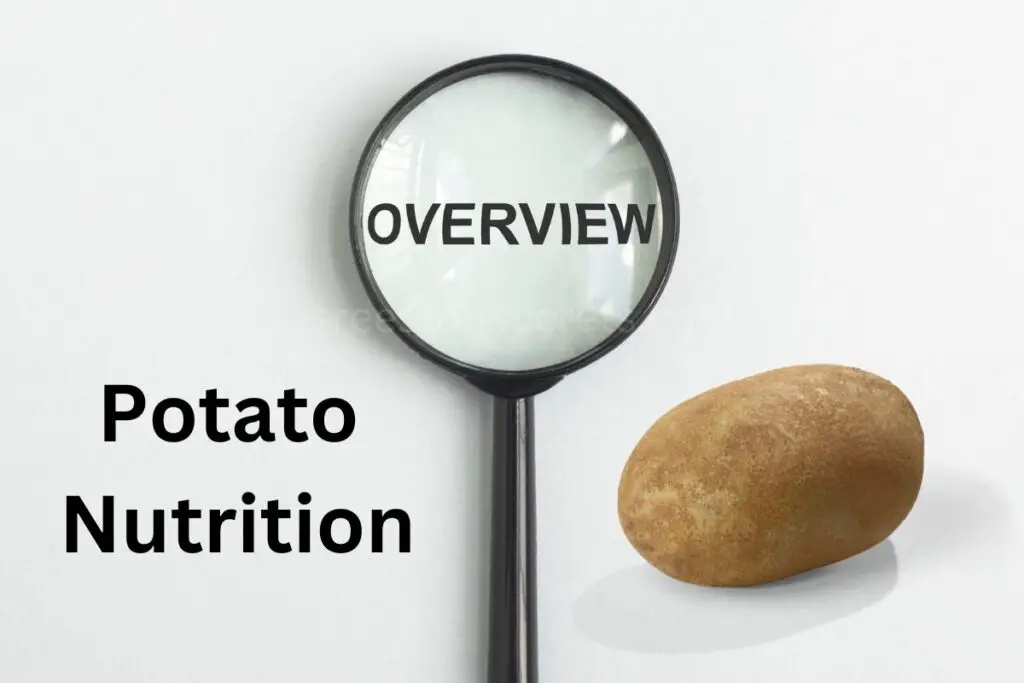
Nutrient Density
Baked potatoes are a popular choice for meals or snacks due to their versatility and satisfying nature. They can be enjoyed with various toppings and fillings, making them a versatile option for different tastes. Whether it's the classic combination of sour cream and chives, or a healthier alternative like steamed vegetables and salsa, the possibilities are endless. The crispy skin and fluffy interior of baked potatoes make them appealing to many people as well.
Baked potatoes are not only delicious but also packed with essential nutrients despite being low in calories. They are an excellent source of vitamins, minerals, and fiber. For example, a medium-sized baked potato contains about 3 grams of fiber, which is important for digestive health. It also provides significant amounts of vitamin C, vitamin B6, potassium, manganese, and antioxidants such as flavonoids.
Health Benefits
The nutrient density of baked potatoes makes them a valuable addition to a balanced diet. Despite having relatively low sodium content compared to other processed foods or restaurant dishes that may contain high levels of salt, they still offer numerous health benefits beyond just being low in sodium. For instance:
- A medium-sized plain baked potato has only about 17 milligrams (mg) of sodium, which is significantly lower than many other common food items.
- Their high potassium content helps counteract the effects of sodium on blood pressure regulation.
- The fiber content aids in digestion while promoting feelings of fullness.
Incorporating more baked potatoes into one's diet can contribute to overall better nutrition without introducing excessive amounts of sodium. Furthermore:
- Eating whole foods like baked potatoes rather than highly processed options aligns with dietary recommendations for reducing sodium intake.
- By choosing healthy toppings such as salsa instead of salt-laden sauces or butter substitutes instead of salty spreads can further minimize the overall sodium consumption associated with enjoying this nutritious tuber.
Nutritional Facts of Plain Baked Potato
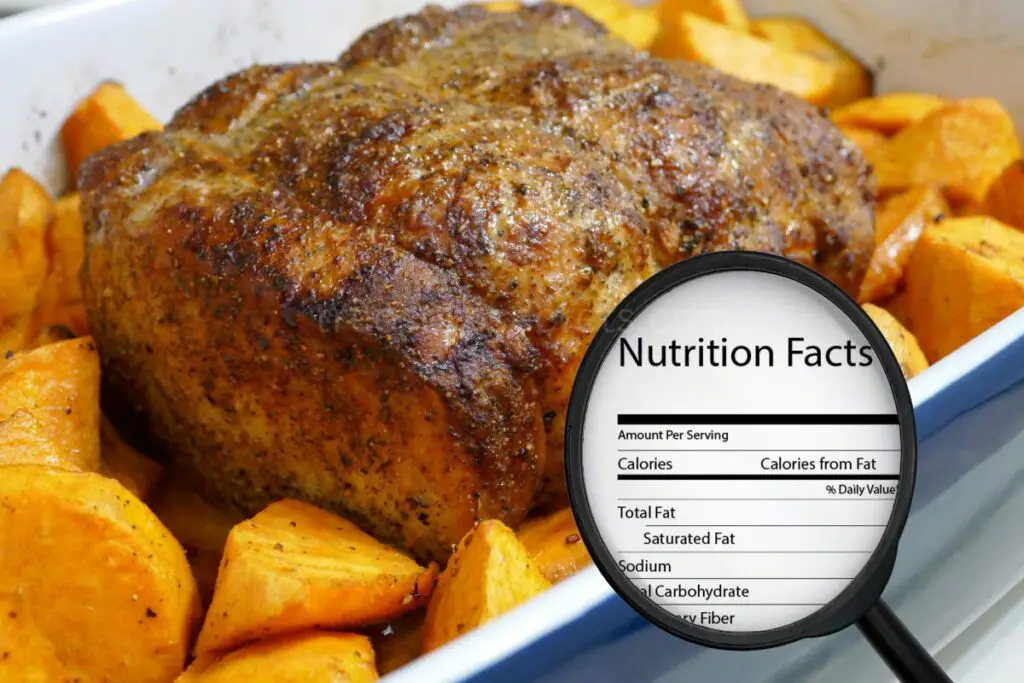
Carbohydrates
Baked potatoes are an excellent source of complex carbohydrates. These carbohydrates provide the body with energy, support digestion, and contribute to overall well-being. The nutrients found in baked potatoes also play a crucial role in promoting healthy skin, bones, and immune function. Regular consumption of baked potatoes may even help reduce the risk of certain chronic diseases. For example, including baked potatoes as part of a balanced diet can aid in maintaining stable energy levels throughout the day.
Vitamin C
In addition to being rich in complex carbohydrates, baked potatoes are also an excellent source of vitamin C. This essential nutrient plays a vital role in supporting immune function and collagen production within the body. Moreover, consuming foods high in vitamin C like baked potatoes can contribute significantly to meeting daily recommended intake requirements for this crucial nutrient.
Potassium
. They offer one of the best sources of potassium among all foods available. Potassium is essential for heart health, muscle function, and fluid balance within the body. Therefore, regularly including baked potatoes as part of your diet can be an effective way to ensure that you meet your daily potassium needs.
Fiber
Baked potatoes, particularly when consumed with their skin on, are packed with fiber - both soluble and insoluble types - which promote digestive health by supporting regular bowel movements and preventing constipation issues from arising.
The skin itself is particularly high in fiber content; therefore consuming baked potatoes with their skins on can notably increase your fiber intake while providing other essential nutrients at the same time.
Vitamin and Protein Content
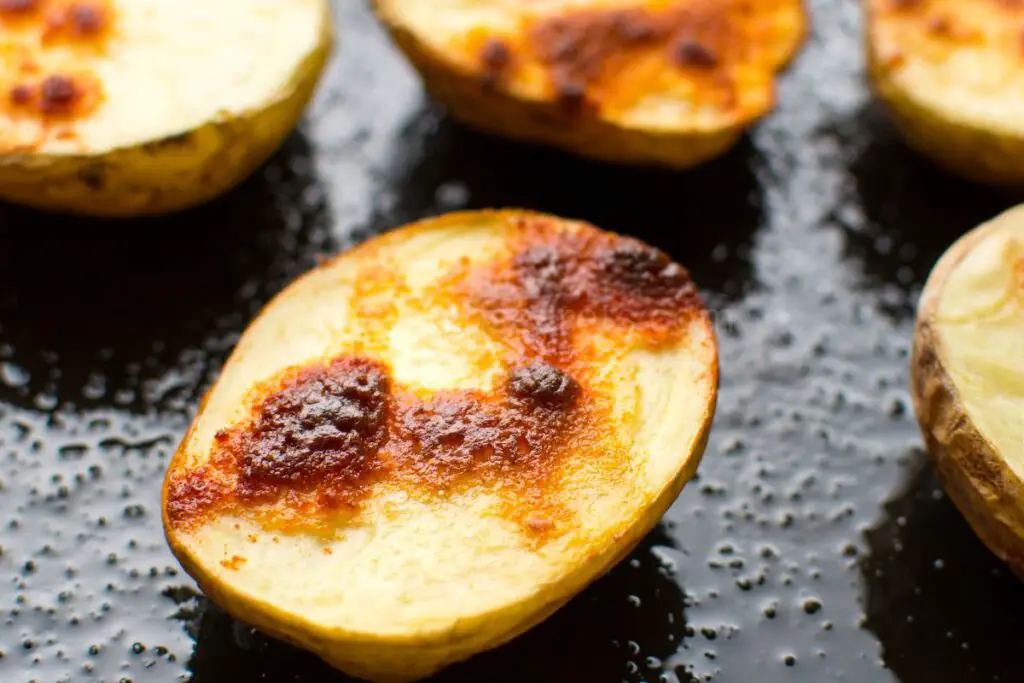
Vitamin B6
Baked potatoes may not be known for their iron content, but they actually contain small amounts of this essential mineral. Iron is crucial for transporting oxygen in the body and plays a role in energy metabolism. While it's not a primary source, incorporating baked potatoes into your diet can contribute to your overall iron intake.
In addition to iron, baked potatoes are also a good source of vitamin B6, which is involved in over 100 enzyme reactions in the body. This vitamin supports various functions such as brain development, immune function, and metabolism. By including baked potatoes in your meals, you can help maintain adequate levels of vitamin B6.
Protein Levels
Baked potatoes might not be as high as other sources like meat or legumes; however, they still offer some amount of protein. The protein content may not be substantial compared to other foods but adding them to your meals can contribute to your overall protein intake.
Moreover, when you combine a plain baked potato with other food items like cheese or beans that are higher in protein content, you create a balanced meal that provides both carbohydrates from the potato and proteins from the additional ingredients.
Sodium Levels in Baked Potatoes
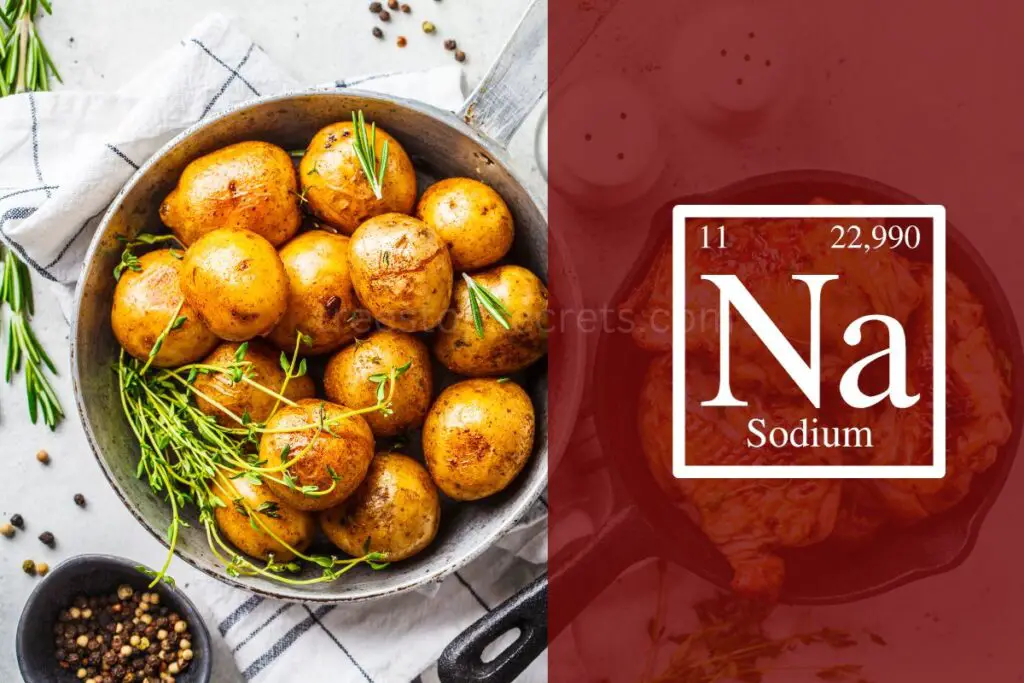
Plain Potatoes
Baked potatoes are not particularly high in protein but do provide some essential amino acids. Pairing them with protein-rich toppings, such as beans or Greek yogurt, can significantly boost their overall protein content. This combination ensures that you get a good balance of nutrients from your meal.
Including other protein sources, like lean meats or tofu, alongside baked potatoes is important for meeting your body's protein needs. By doing so, you ensure that your diet contains an adequate amount of this essential macronutrient.
Stuffed Potatoes
Their natural flavor and nutritional benefits take center stage. Simple seasoning like salt and pepper can enhance the taste without adding excessive sodium or calories. This means you can enjoy the wholesome goodness of a plain baked potato without compromising on its health benefits.
Moreover, plain baked potatoes serve as a blank canvas for various healthy toppings. For example, topping them with steamed vegetables and a dollop of low-fat sour cream creates a delicious and nutritious meal option. These additions not only elevate the flavor but also contribute to the overall nutritional value of the dish.
Importance of Monitoring Sodium
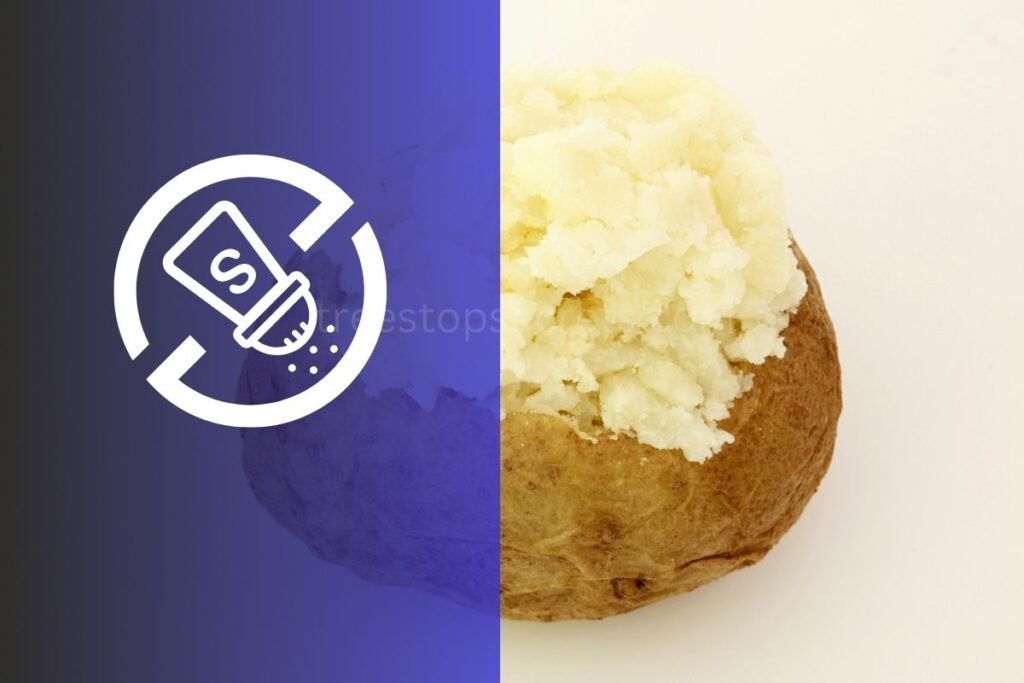
Dietary Guidelines
Stuffed baked potatoes offer endless possibilities for creative and nutritious fillings. Ingredients like vegetables, lean proteins, and herbs can elevate the flavor and nutrient profile of stuffed potatoes. Experimenting with different stuffing combinations adds variety to meals featuring baked potatoes.
For example, topping a baked potato with grilled chicken, steamed broccoli, and a dollop of Greek yogurt creates a balanced meal rich in protein, fiber, vitamins, and minerals. This combination not only enhances the taste but also boosts the nutritional value of the dish.
Incorporating moderate portions of baked potatoes aligns with dietary guidelines for nutrient-dense foods. Balancing potato consumption with other food groups supports overall dietary recommendations.
Health Risks
Monitoring sodium intake is crucial as excessive sodium consumption can lead to health risks such as high blood pressure or hypertension. Baked potatoes are naturally low in sodium; however, it's essential to be mindful of the toppings or fillings added to them.
For instance, adding bacon bits or processed cheese as toppings significantly increases the sodium content of a baked potato dish. Opting for healthier alternatives like fresh salsa or homemade guacamole can help control sodium levels while still enhancing flavor.
Following dietary guidelines promotes optimal nutrition and health outcomes by ensuring that individuals consume adequate nutrients without exceeding recommended limits for substances like sodium.
Comparison of Sodium Content
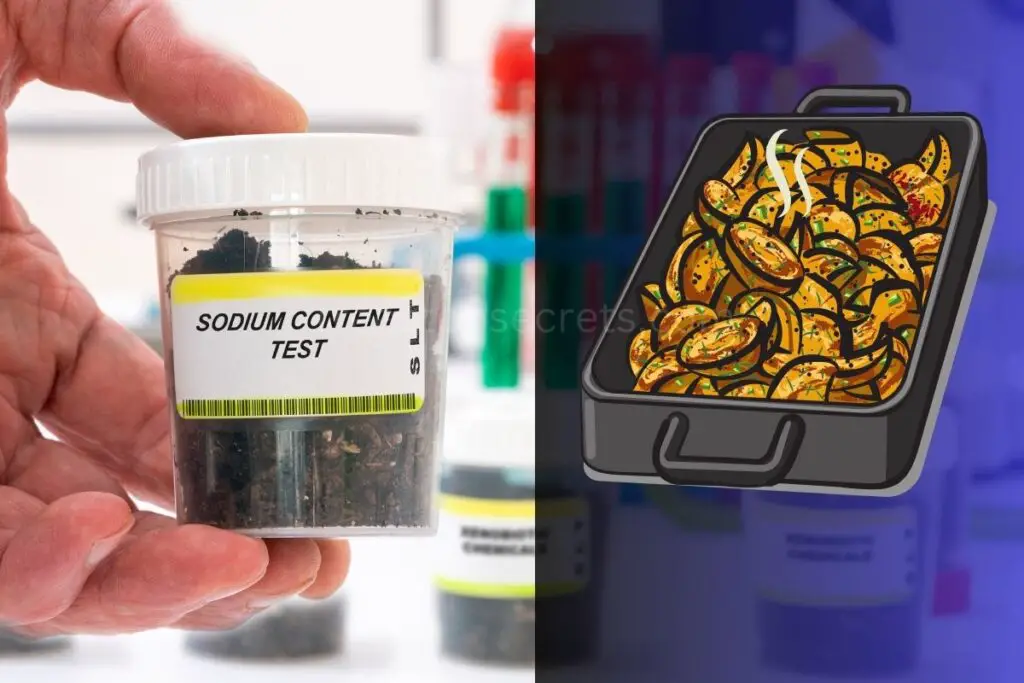
Plain vs Stuffed
The way it's prepared can significantly affect the levels. A plain medium-sized baked potato contains about 17 milligrams of sodium. However, if you opt for a stuffed baked potato with cheese and bacon, the sodium content can skyrocket to around 1300 milligrams or more.
Plain potatoes are naturally low in sodium because they are unprocessed and free from added salt. On the other hand, when you stuff a potato with ingredients like cheese and bacon, which are high in sodium, the overall content increases drastically.
It's important to be mindful of these variations when considering your sodium intake as part of a healthy diet. Opting for plain baked potatoes over stuffed ones is an effective way to minimize your sodium consumption without sacrificing flavor.
Nutritional Intake Recommendations
Nutritional guidelines recommend limiting daily sodium intake to no more than 2300 milligrams per day for most adults. However, individuals with certain health conditions such as hypertension should aim for even lower levels – around 1500 milligrams per day or less.
Consuming too much sodium can lead to health issues such as high blood pressure and an increased risk of heart disease and stroke. Therefore, being aware of the sodium content in foods like baked potatoes is crucial for maintaining a balanced diet and overall well-being.
One approach to keeping track of your dietary sodium intake is by reading food labels carefully while grocery shopping or dining out at restaurants. Preparing meals at home using fresh ingredients allows you better control over how much salt goes into your dishes.
Preparing Low-Sodium Baked Potatoes
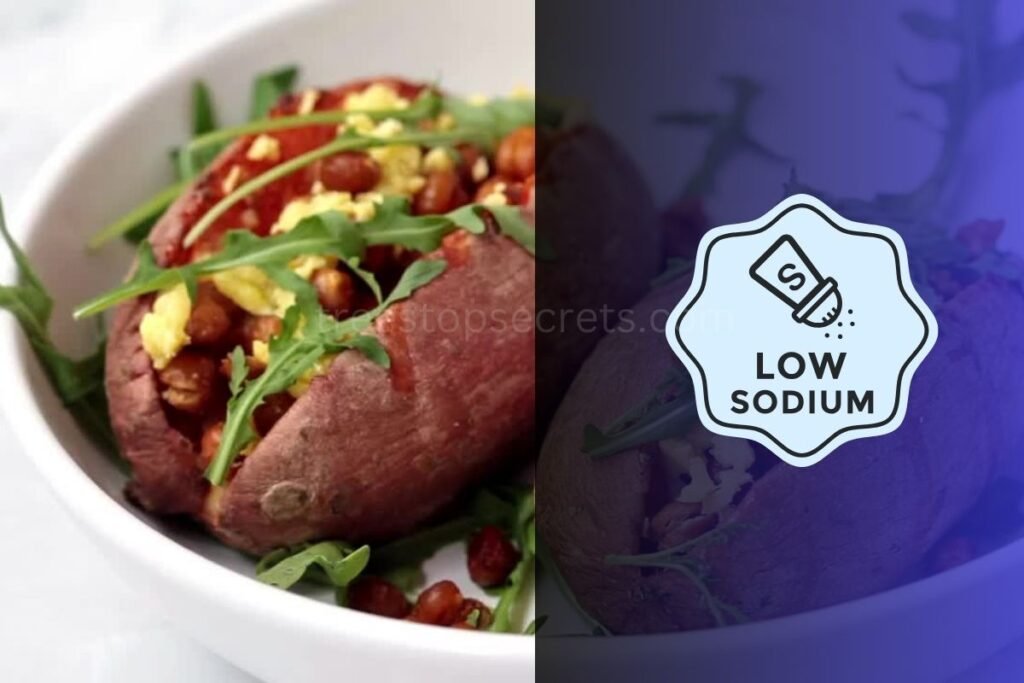
Cooking Tips
There are several cooking tips you can follow to minimize the sodium content. First, opt for fresh potatoes instead of pre-packaged ones, as they tend to have added salt for preservation. When washing the potatoes, scrub them thoroughly under running water to remove any dirt or debris but avoid adding salt during this process. After drying the potatoes, consider seasoning them with herbs and spices like rosemary, thyme, or paprika instead of using salt.
Next, when wrapping the potatoes in aluminum foil before baking, ensure that you don't add any additional salt or high-sodium seasonings to the wrap. By doing so, you can control and reduce the overall sodium intake from your baked potato meal.
Furthermore, if you're used to adding butter or margarine on top of your baked potato after cooking it, try using unsalted versions of these spreads. This simple swap can significantly cut down on your sodium intake without compromising flavor.
Healthy Toppings
There are numerous options that not only enhance flavor but also keep sodium levels in check.
Consider topping your baked potato with a dollop of plain Greek yogurt instead of sour cream; this substitution provides a creamy texture without all the extra sodium found in sour cream products.
Another healthy alternative is incorporating freshly chopped herbs such as chives or parsley onto your baked potato rather than relying on salty condiments like bacon bits or cheese sauces.
Moreover,freshly ground black pepper and lemon zest offer zesty flavors that elevate the taste profile of a plain baked potato without contributing excessive amounts of sodium. These small adjustments can make a significant impact on reducing the overall sodium content while still enjoying delicious and satisfying meals.
Enhancing Baked Potatoes Without Added Sodium

There are several delicious alternatives available. One popular option is to use herbs and spices. These can add depth and complexity to the taste of the potato without increasing its sodium content.
Using fresh or dried herbs such as rosemary, thyme, or oregano can provide a burst of flavor that complements the natural taste of the baked potato. Incorporating spices like paprika, garlic powder, or cumin can further enhance the overall experience.
Another way to elevate the flavor profile of a baked potato is by utilizing acidic ingredients. For example, squeezing some fresh lemon juice over the top just before serving can brighten up the dish and provide a tangy contrast to its starchy richness.
In addition to herbs and acidic elements, exploring different types of flavored oils offers an exciting opportunity for enhancing baked potatoes. Infused oils like garlic-infused olive oil or chili-infused oil bring unique flavors while keeping sodium levels low.
Conclusion
Importance of Moderation
Consuming too much sodium can lead to health issues like high blood pressure and heart disease. However, it's important to remember that sodium is an essential mineral for the body. When integrated into a balanced diet, a baked potato can contribute positively to your overall nutritional intake.
A medium-sized baked potato contains approximately 17 milligrams of sodium. This amount is relatively low compared to other processed or pre-packaged foods. By incorporating a baked potato into your diet in moderation, you can enjoy its nutritional benefits without significantly increasing your sodium intake.
Pairing with Low-Sodium Toppings
To keep the sodium content low while enhancing the flavor of your baked potato, consider using low-sodium toppings such as herbs, spices, and even a dollop of plain Greek yogurt instead of sour cream. These alternatives not only add flavor but also contribute valuable nutrients to the meal without substantially raising the sodium level.
When creating meals with baked potatoes as part of a balanced diet, it's crucial to focus on variety and portion control. By pairing them with lean proteins like grilled chicken or steamed vegetables rich in vitamins and minerals, you can create satisfying and nutritious meals that align with dietary recommendations.
Final Remarks
You've learned about the surprising sodium content in a seemingly innocent baked potato. It's crucial to be mindful of your sodium intake, especially if you're aiming for a healthier lifestyle. But fear not, there are ways to enjoy your baked potatoes without the guilt of high sodium levels. By experimenting with different herbs and spices or opting for low-sodium alternatives, you can still savor the deliciousness of baked potatoes while keeping your sodium intake in check.
So, next time you're prepping your baked potatoes, remember that a little creativity can go a long way in reducing sodium without compromising on flavor. Your journey to healthier eating can start with something as simple as a baked potato!
Frequently Asked Questions
FAQ
How much sodium is in a plain baked potato?
A medium-sized plain baked potato contains about 17 milligrams of sodium. However, this amount can vary depending on the size and preparation method of the potato.
Is it important to monitor sodium intake when consuming baked potatoes?
Yes, monitoring your sodium intake is crucial as excessive sodium consumption can lead to health issues like high blood pressure. Baked potatoes are naturally low in sodium, making them a good choice for those watching their salt intake.
Are there ways to prepare low-sodium baked potatoes?
Yes, you can reduce the sodium content by avoiding adding salt during cooking and opting for healthier toppings such as herbs, spices, or lemon juice instead of high-sodium condiments.
What are some alternatives to enhance the flavor of baked potatoes without adding extra sodium?
You can enhance the flavor of your baked potatoes with toppings like Greek yogurt, chives, salsa, or even a sprinkle of Parmesan cheese. These options add depth and richness without relying on excessive amounts of salt.
Why should I be concerned about my overall sodium intake?
High levels of dietary sodium have been linked to various health concerns including heart disease and stroke. By being mindful of your overall intake from all sources—including foods like baked potatoes—you contribute positively to your long-term well-being.
Image Source: Paid image from CANVA


